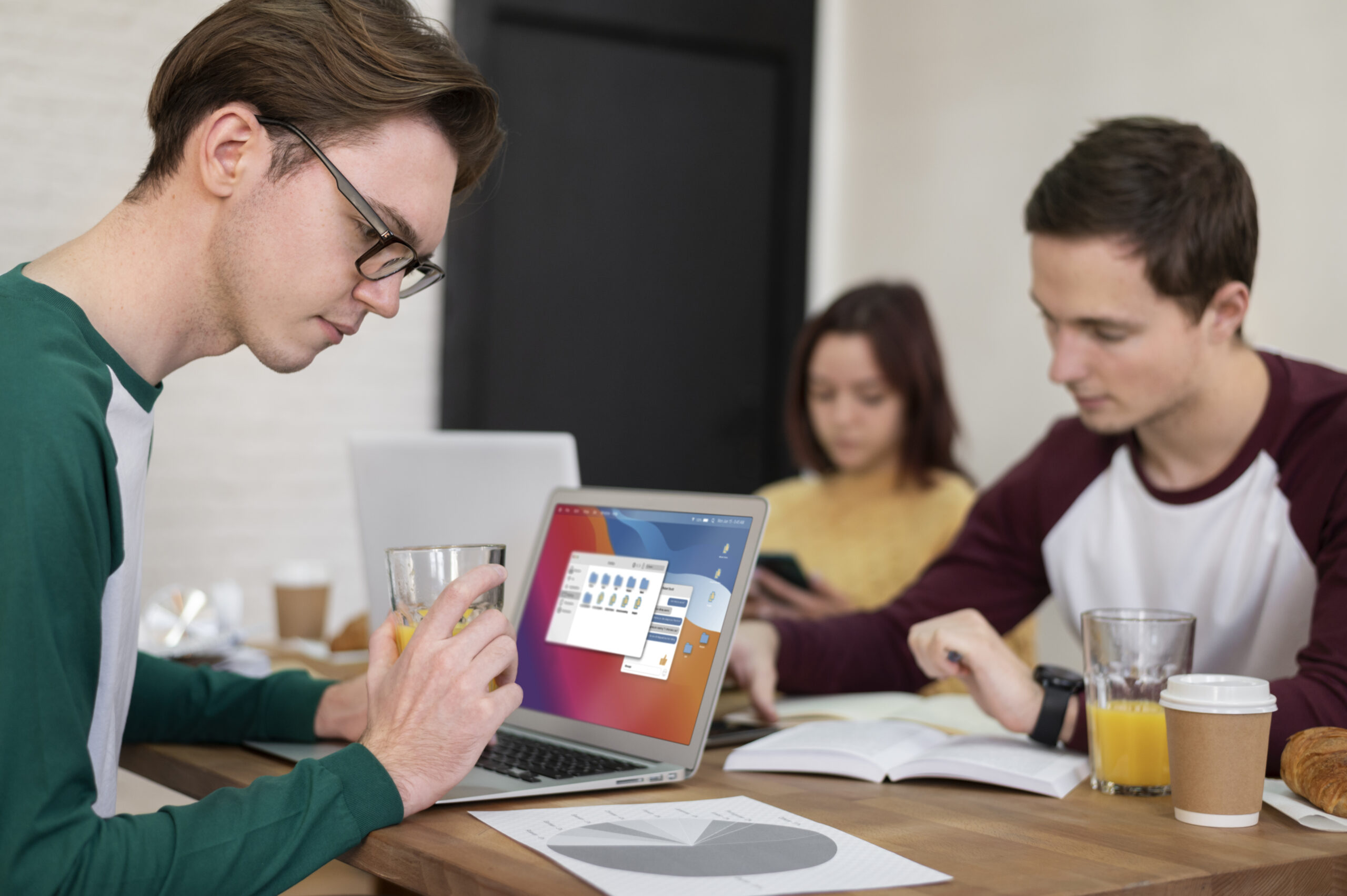- admin
- April 2025
-
 Web Designing
Web Designing
Table of Content
ToggleIn the fast-evolving world of web design, user experience (UX) plays a crucial role in engaging visitors and keeping them on your website. One of the most effective ways to enhance UX is through micro-interactions. These small yet powerful design elements can make a website feel more interactive, intuitive, and engaging.
What Are Micro-Interactions?
Micro-interactions are small animations or visual cues that guide users and provide feedback when they interact with a website. They help users understand functionality, confirm actions, and create a more enjoyable browsing experience.
Why Are Micro-Interactions Important?
Enhancing User Experience
Micro-interactions provide visual feedback, making the user feel more connected to the website.
They guide users seamlessly through different actions, such as clicking a button or filling out a form.
Improving Website Navigation
Interactive hover effects, animated buttons, and progress indicators make navigation more intuitive.
Smooth transitions between pages help reduce cognitive load for users.
Increasing User Engagement
Subtle animations create an enjoyable experience, encouraging users to stay longer.
Gamification elements like rewards or loading animations keep users engaged.
Providing Instant Feedback
Users receive immediate responses when they complete an action, such as liking a post or submitting a form.
Helps reduce uncertainty and improve user confidence.
Strengthening Brand Identity
Custom micro-interactions aligned with a brand’s colors, fonts, and style enhance brand recognition.
A unique interactive experience helps distinguish your website from competitors.
Examples of Effective Micro-Interactions
- Button Animations: Hover effects, color changes, and ripple effects when clicking a button.
Form Validation: Real-time feedback when filling out forms (e.g., error messages appearing instantly).
Loading Animations: Progress bars, spinners, or skeleton loaders that indicate loading time.
Like and Share Buttons: Animated reactions when users interact with social media buttons.
Scroll-Based Effects: Elements appearing or changing as users scroll down a page.
Tooltip Pop-ups: Small messages appearing when users hover over icons or buttons.
Best Practices for Implementing Micro-Interactions
- Keep It Subtle and Non-Intrusive
Avoid excessive animations that can distract users or slow down the website.
2. Ensure Fast Performance
Optimize animations to avoid delays and maintain a smooth browsing experience.
3. Align with Brand Identity
- Use colors, fonts, and animation styles that match your brand’s personality.
4. Prioritize Functionality
Micro-interactions should serve a purpose, not just be decorative.
Conclusion
Micro-interactions are a vital aspect of modern web design, making websites more interactive, engaging, and user-friendly. By incorporating well-designed micro-interactions, you can create a seamless and enjoyable experience that keeps visitors coming back. Focus on subtlety, speed, and functionality to maximize their impact and enhance overall website usability.
Frequently Asked Questions
Micro-interactions are small animations or visual effects that provide feedback, guide users, and enhance the overall user experience on a website.
They make interactions more intuitive and enjoyable, encouraging users to stay longer and interact more with the website.
Examples include button hover effects, form validation feedback, scrolling animations, loading indicators, and like/share button animations.
If poorly optimized, excessive animations can slow down a site. It’s important to use lightweight animations to maintain fast performance.
You can use CSS animations, JavaScript libraries like GSAP, or built-in features in design tools like Figma and Adobe XD to create smooth interactions.

